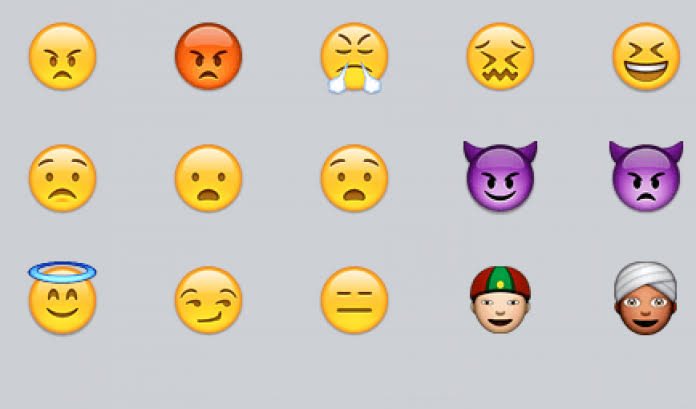Talking about health and being conscious about it are essential parts of life. Us people need to take care of our physical and mental health. To fulfill that, we should be brave enough to seek help from doctors and nurses to get knowledge about our health status.
Since health is crucial these days, especially during this pandemic, some of these emojis exist to educate us. It is fun to see not just the medicine emoji but also medical items, health care workers, and other symbols related to this field. So if you want to know more, continue reading this article.
- Medical Symbol Emoji
The Caduceus is a staff with two snakes entwined around it, and it is a symbol of medicine or healthcare. You can use the Caduceus emoji during conversations about doctors, hospitals, and other medical topics, and it can also be a general symbol of good health or good luck.
The Caduceus is sometimes confused with the similar-looking Staff of Asclepius, which has only one snake and is the traditional symbol of medicine. However, the Caduceus is an ancient symbol of commerce and heraldry, and its use as a medical symbol is relatively recent.
- The Capsule Emoji
The capsule emoji is a cylinder and tube-like shape with yellow and red colors dividing the two halves. It is most often used to represent medicine, such as pills. However, you may use it to describe other cylindrical objects, such as pens or batteries.
The capsule emoji is often used alongside any medical item emoji to indicate that someone is taking medication or going through physical healing processes. You can use this emoji alongside the red heart emoji to comfort your friend or family member who is sick.
- The Syringe Emoji
A syringe is a medical device used to inject fluids into or withdraw them from the body. They are also commonly used to deliver vaccinations, and it is more relevant nowadays because of the COVID-19 pandemic that everyone is struggling in.
The syringe emoji depicts a syringe that contains a red liquid with a needle. Surprisingly, you can use it in a variety of ways. For example, you can use it to ask if someone is feeling better after an illness or injury or express concern about an ongoing health crisis. In some cases, you may also use the syringe emoji in light-hearted situations. Such as when teasing someone about getting vaccinations. You can use this emoji alongside the relieved face emoji so that it can indicate comfort after getting protection or treatment from illnesses.
- The Drop of Blood Emoji
We must admit that seeing blood can sometimes make us feel uneasy and uncomfortable. But we must also realize that it plays a vital role in our lives. Hence the creation of the drop of blood emoji.
The drop of blood emoji is often used on social media to indicate that someone feels faint or weak. You can also use it to represent blood loss, injury, or illness. In some cases, it can also symbolize menstruation or other forms of body fluids. The emoji is also sometimes used in a more literal sense to indicate actual drops of blood, such as when pictures or videos of injuries are shared online.
- The Health Worker Emoji
A health worker is someone who provides health care services. When the pandemic occurred in 2020, every health worker was considered a hero. These medical soldiers include doctors, nurses, dentists, midwives, and other health professionals.
The health worker emoji is a utility emoji that indicate and acknowledge a health worker. They can also ask for medical assistance or show support for their group.
People often use the health worker emoji in conversations about health care. It has also been used in social media campaigns to show support for health workers during the COVID-19 pandemic.
- The Thermometer Emoji
A thermometer is a device that measures temperature, which is one of the first aid items we often use.
The thermometer is a pictogram of a thermometer, with mercury in the bulb and the graduate scale on top. It is typically used to represent temperature, either in absolute terms (e.g., “it’s freezing outside!”) or relative terms (e.g., “I’m feeling hot”).
The thermometer emoji first appeared in Unicode 6.0 in 2010 and was added to Emoji 1.0 in 2015. As of 2019, it is one of the most popular emojis on social media, often used in conjunction with weather-related hashtags.
Takeaway
So there you have it – a comprehensive guide to medical emojis. Now that you know what these emojis mean feel free to start using them on your social media posts or use them to educate your friends. Health will always be an essential topic for everyone, and that is why these emojis were created to help acknowledge the medical essentials. If you want to learn more about different emojis, visit EmojiGuide.com today!


